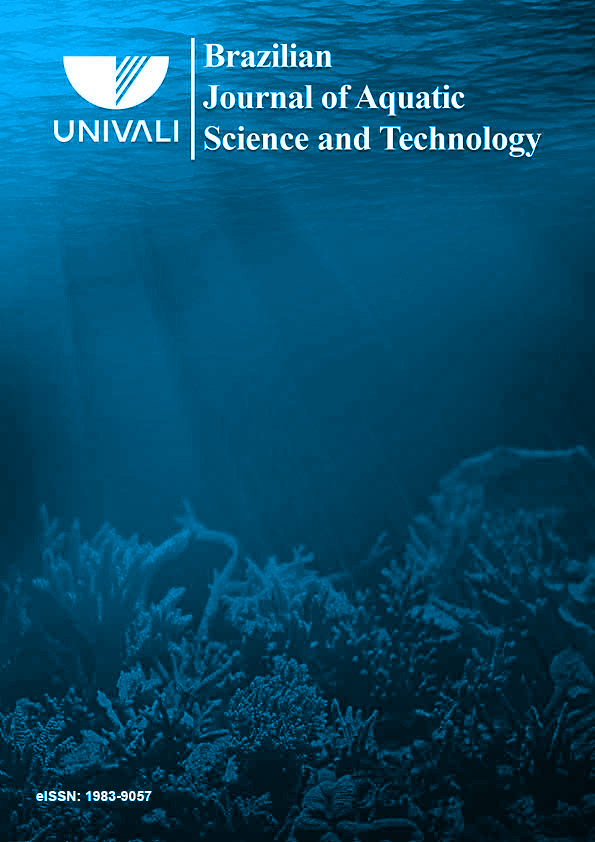

The genotoxicity and mutagenicity of two compartments of sediment samples (pore water and whole sediment) were evaluated using the Allium cepa assay. The samples were collected from thirteen sites on the southern coastal strip of the Rio de la Plata (Argentina). Three biological parameters were analyzed in the root cells, the mitotic index (MI), and the chromosome aberrations (CA) and micronuclei (MN) frequencies. Most of the samples were genotoxic in the pore water compartment, probably due to the mixture of bioavailable heavy metal concentrations (Cd =0.050-0.950 mg/Kg, Cu=0.125-7.300 mg/Kg, Cr=0.019-1.850 mg/Kg, Pb=1.075-15.200 mg/Kg, and Zn=0.925-47.225 mg/Kg). However, half of the samples exerted genotoxic and mutagenic effects on the meristematic root cells when they were exposed to the whole sediment. This probably means that some contaminants in this compartment, such as heavy metals, would not be bioavailable in all of the samples. In conclusion, the A. cepa assay showed high sensitivity in detecting genotoxicity and mutagenicity in sediment samples from the southern coastal strip of the Rio de la Plata.






Environmental Sciences, Aquatic and Coastal Environments.
BJAST adopts the policy of continuous publication of articles. Therefore, whenever a manuscript is approved for publication, it will be immediately available for reading.

